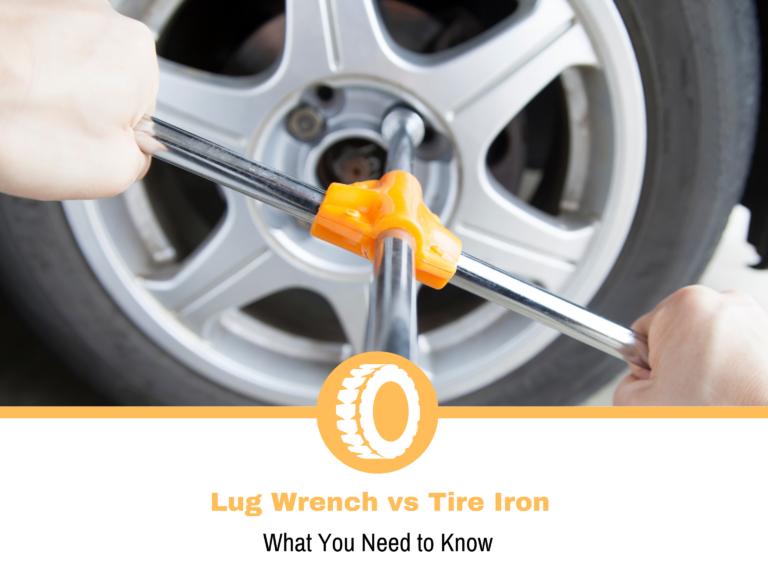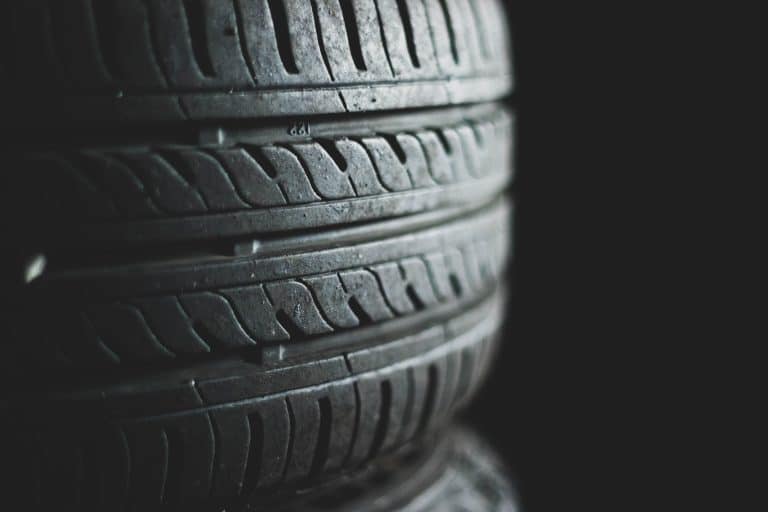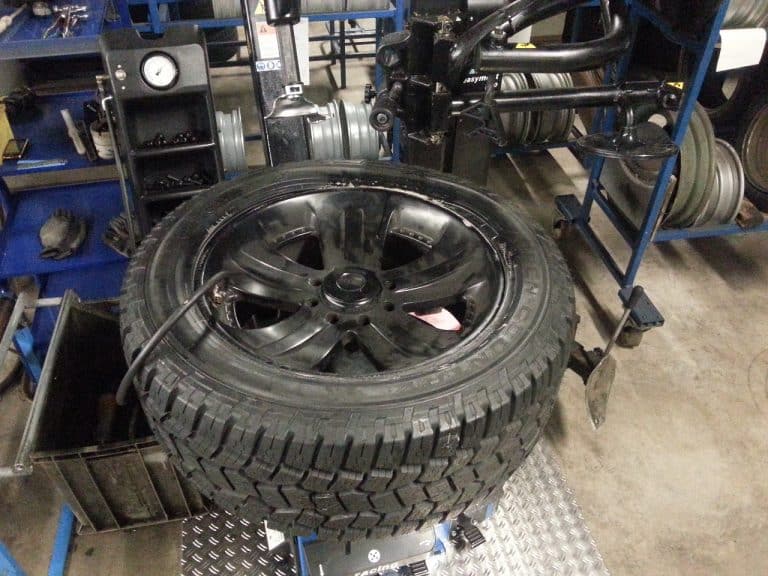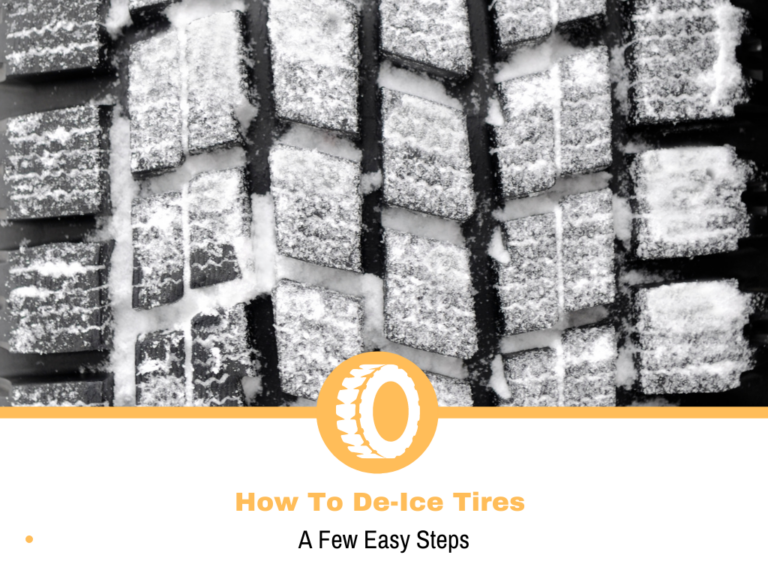How Long Does A Tire Plug Last?
A tire plug is an adhesive object that expands the moment it is pushed into a damaged tire in order to seal the tire. The plug adjusts to the size and curvature of the puncture and it slowly covers the entire area until there is no more air leaking out of the tire. Even though a tire plug does not offer the same protective properties as a brand-new tire, a tire plug should do the trick in certain instances.
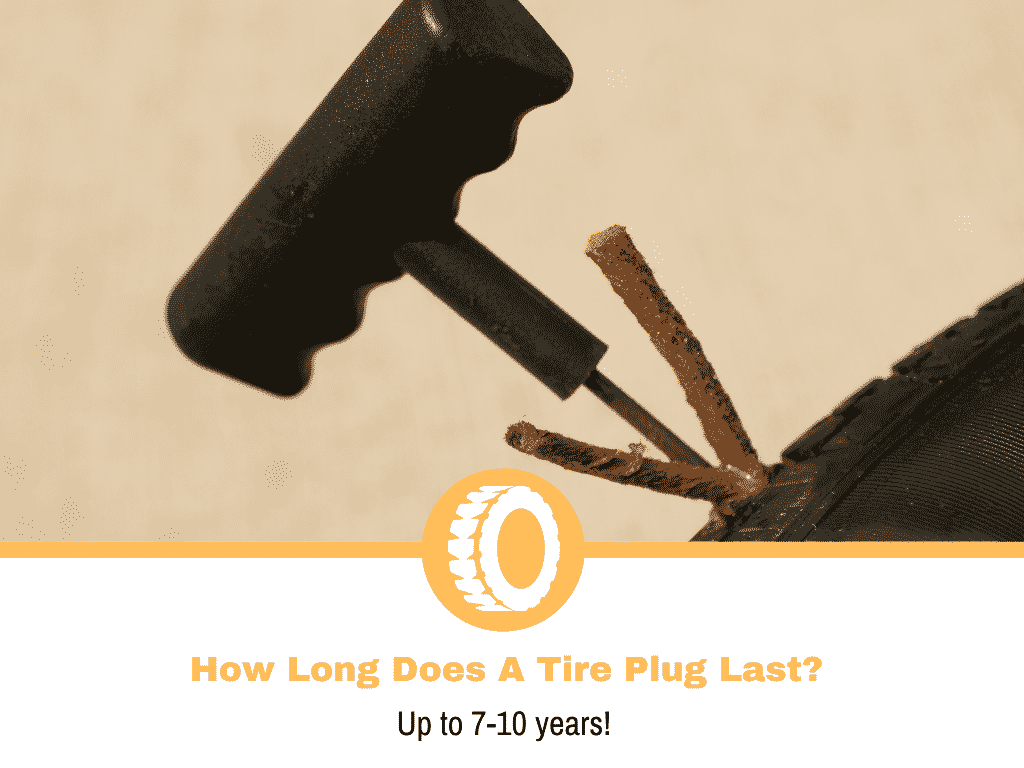
How Long Can You Drive A Car With A Plugged Tire?
If done correctly, a tire plug should easily be able to last five years, but most experts say that a tire plug is even able to last upwards of 7-10 years. However, only plug the tire if the hole is not too large and if the hole is not situated on the sidewall or on the tire shoulder.
The truth of the matter is that a plugged tire can indeed last for years, but only if you do it the right way and if the puncture is not too severe. Furthermore, you should never plug a tire more than once as this can hamper speed rating and can even potentially cause a blowout.
What Is A Tire Plug?
A tire plug is made out of strips of leather covered in an adhesive rubber compound that is inserted into a hole in a tire in order to completely seal it. The plug is wedged inside the tire and it slowly covers the entire punctured area which keeps the tire from deflating.
The purpose of a tire plug is to seal the tire completely for the tire to be inflated fully. A tire plug should be able to endure a fully aired-up tire for years. However, a tire plug is not perfect and it can never replace a brand new structurally intact tire. As such, be sure to replace the tire in due time if you want to eliminate any chances of a tire blowout.
Is A Tire Plug Safe?
Most experts tend to agree that a tire plug is indeed safe if it is installed properly and on an adequately uncompromised tire. As such, a tire that has been used for years and is fairly worn out is not the best candidate for a tire plug as this can only temporarily solve the issue.
If the tire you are planning to plug is old and worn out, only plug it if it’s necessary. Replacing the complete tire is always going to be a better option. Finally, plugging a tire that has been punctured on the tire shoulder or sidewall is also not something you should be doing. While plugging your tires, the best thing you can do is have a professional do it for you, but there are ways how one can plug a tire without a plug kit.
When Should I Not Plug A Tire?
- If the hole is larger than ¼ of an inch
- If the hole is on the sidewall or on the tire shoulder
- If the tire has already been plugged
- If the tire is worn out already
You Should Not Plug A Tire If The Hole Is Larger Than ¼ Of An Inch
The nature of the puncture is an essential aspect when it comes to deciding if a tire is fit for plugging or not. If the hole is larger than ¼ of an inch and if it the hole is at a steep angle, you should avoid plugging the tire.
This is because a tire plug can only seal a relatively small puncture that is commonly associated with a nail. If the puncture is wider, you will not be able to air up the tire and thus the plug will not be effective.
You Should Not Plug A Tire If The Hole Is Situated On The Tire Sidewall Or The Shoulder
A tire plug will not work if the hole is situated on the sidewall or the shoulder of the tire because these are not made out of the same material as the tire contact patch. The contact patch of a tire is made out of small cords that run throughout the entire length of the outside tire.
A tire plug is designed to work with these cords in mind, so if the area you are targeting does not have these cords, a tire plug will not be able to hold.
You Should Not Plug A Tire If The Tire Has Already Been Plugged
An essential reason why a tire plug is able to last for years is if the tire has not already been plugged. Even if you plug the tire the first time correctly, you are still not 100% safe from a tire blowout. As such, plugging the tire again increases the chance of a tire blowout.
Each time you repair a tire, you are not making the tire as structurally intact as before as that can not be achieved no matter how good the plug installation is. Given the fact that the tires are an essential safety aspect for yourself, your car, and everyone around you, you should not plug it more than once.
You Should Not Plug A Worn Out Tire
No tire is made to last forever and most experts believe that you should replace your tires every three to five years. If you experience a puncture early in the lifespan of a tire, then it makes sense to repair it. However, if the tire has seen better days, you ought to skip it and just get a brand-new set.
Older tires are inherently more prone to blowouts, no matter if you plug them or not. As this is a huge safety hazard, most credible tire shops will actually refuse to repair a worn-out punctured tire.
Is It Better To Plug Or Patch A Tire?
Reasons why you should plug a tire:
- It’s cheaper
- It’s faster
- It’s easier
It takes less than a few minutes to plug a tire and you should be good to go. Furthermore, a tire plug tends to cost less than $10 which means that you can do this at almost every tire shop out there. Applying the plug is rather easy as you can do it while the tire is still on the car.
However, tire plugs are slowly becoming obsolete as many credible tire shops refuse to plug a tire. Cars are becoming heavier while also being a lot faster. As such, a tire plug has many limitations and the number of limitations is only increasing as time goes by. That’s why you should patch the tire as this is a safer option.
Reasons why you should patch a tire:
- It’s safer
- It’s longer-lasting
- Is more effective in more situations
A tire patch is considered to be the better option if you experience a tire puncture because a tire patch offers better protective qualities and is less likely to be compromised. A tire patch should also last longer if it is installed correctly and it tends to cost $10-$40 with all the necessities included.
A tire patch is installed by grinding a 2-inch diameter from within the inner surface of the tire which means that the patch is not going to come in contact with the road as often as a plug which also lowers the chances of external factors causing a blowout.
Can I Plug And Patch A Tire At The Same Time?
The best and most effective way how you can properly seal a tire is to both patch it and plug it. Most credible tire shops suggest that you both patch the tire and plug it as this ensures the highest level of safety.
However, even a plugged and patched tire can’t replace a brand-new air-tight tire, no matter how well you install the plug and the patch. As such, if you spend a lot of time behind the wheel and you want the uttermost levels of safety, be sure to replace the tires as it is never a good idea to skimp money on safety.
How Can I Make My Tires Less Prone To Damage?
A puncture can happen no matter how well maintained a tire is, but a well-maintained tire is always going to be able to last longer. If you want to maximize the lifespan of your tires you should rotate your tires regularly. Furthermore, you should keep your tires properly inflated and aligned in order for them to be able to properly distribute the weight of a car.
Inspecting your tires for damages and remaining thread levels is also something you should do regularly as small tire defects can later become a significant safety hazard. If you spot them early enough, you might be able to repair them more effectively.
Conclusion
A tire plug should be able to last up to 10 years or so if it’s installed properly and if the tire is adequate. You need to keep in mind that a worn-out tire and one that has already been repaired is not going to be able to maintain constant air pressure and is more likely to blow even when it is not plugged.
The location of the hole matters as a puncture situated on either the sidewall or the shoulder is not repairable. The severity of the puncture will dictate if a tire plug can do the trick, if not, go ahead and buy yourself a set of brand-new rubber.
